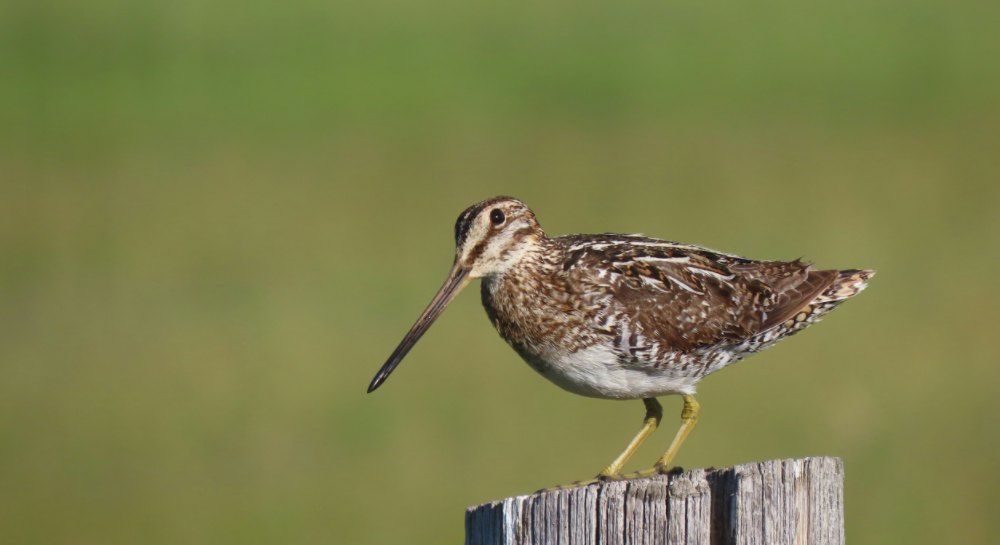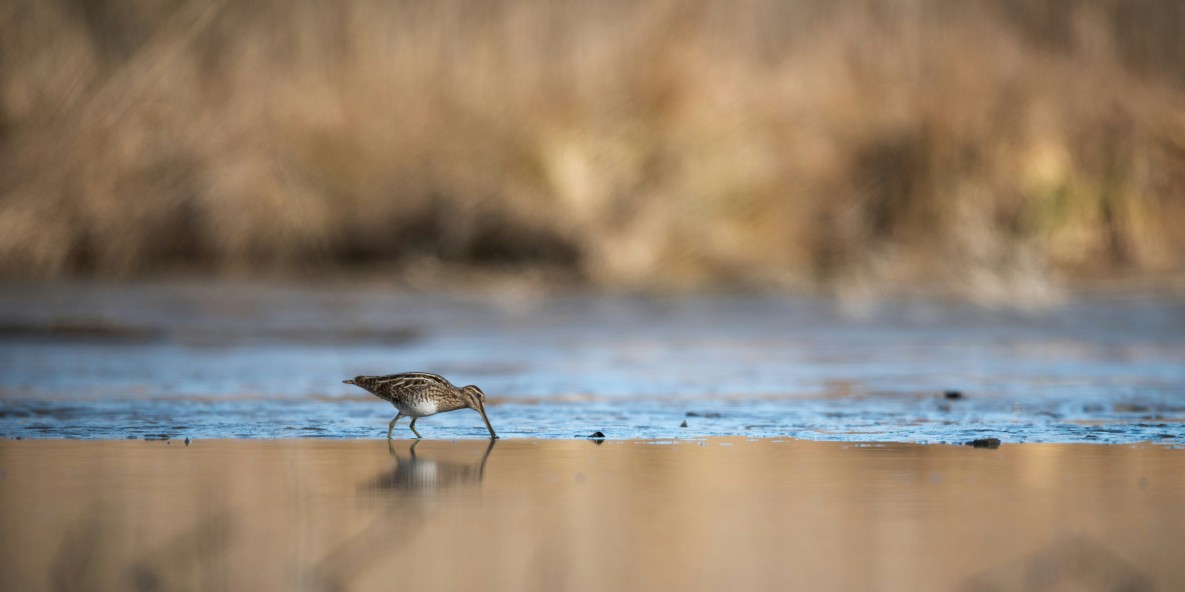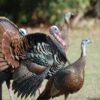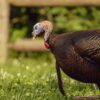Ever heard of snipe hunting? The phrase itself often causes someone to laugh, and other times, to look confused. While some might think it’s a real outdoor activity, it’s a well-known practical joke. So, what is a snipe, and why is it a playful hoax?
We’ll look at where snipe hunting comes from, the actual bird it’s about, and the actual techniques that real hunters use. Come along with us and find out the truth.
What Is a Snipe?
Snipes are a fascinating group of birds belonging to the sandpiper family (Scolopacidae). Known for their slender bills, cryptic plumage, and elusive nature, they are often difficult to spot in their wetland habitats.
Key characteristics of snipes:
- Long, slender bill: Food probing in the mud and water by worms, insects, and small crustaceans.
- Cryptic plumage: Making them difficult to spot because they camouflaged to blend into their wetland environments.
- High-set eyes: Encourage them to see predators from above.
- Agile fliers: Rapidly flight capable of escaping from predators.
Snipe Species
There are several species of snipe, but the most common ones include:
- The Common Snipe (Gallinago gallinago): This is a common Eurasian North African and North American snipe. Its plumage is mottled brown and buff and is excellent camouflage among its wetland habitat.
- Jack Snipe (Lymnocryptes minimus): The jack snipe is a little smaller than the common snipe and is found in Europe, Asia, and North Africa. It has a short, stubby bill and can dive to escape predators underwater.
- Wilson’s Snipe (Gallinago delicata): This is a buffy-breasted, slender-billed North American species. It is usually found in marshes, bogs, and wet meadows.
Habitat and Behavior
Snipes are primarily found in wetland habitats, including marshes, bogs, and wet meadows. Their choice of habitat is areas with soft, muddy ground rich in invertebrates, their major food source.
They have a nice supply of these habitats in which they can dive, or probe the mud and water for worms, insects, and small crustaceans.
Snipes are highly adapted to live on wetlands; their long, slender bills fit any wetland habitat for foraging. They are also noted to be difficult to observe, and often will they flush from their hiding place when disturbed. But their snipping flight call is a telltale sign of their presence in a wetland habitat.
The snipe are solitary birds usually but may occur in small groups during the migration or become congregated at feeding places.
When searching for food, they usually use their long bills to push through mud and water endeavoring to detect invertebrates.
Snipes are notoriously slippery and can be hard to spot. When disturbed, they often dump from their residence, flying off with a snippety sound.
Most snipe species are migratory, and travel long distances to their breeding grounds first in spring and then to their wintering grounds in the fall.

Is Snipe Hunting Real Or a Joke?
Snipe hunting was considered a classic practical joke. It involves tricking someone into believing they are going on a hunting trip for a mythical bird called a “snipe.” The joke is that snipes are fictional creatures, and the entire hunting expedition is a hoax.
Origins of the Prank
There isn’t much known about the origins of the snipe hunting prank, however, it originated in the United States during the early 20th century. The name “snipe” may be a reference to the real-life common snipe, a small, elusive bird that is difficult to hunt. However, the pranksters have taken the concept of “snipe hunting” to a whole new level by creating a completely fictional creature.
When playing this snipe-hunting prank, people usually find someone unfamiliar with hunting and provide the victim with a detailed information about the bird and pretend to arrange a “hunting trip”.
During the hunt, use various tricks to distract the victim and keep them from realizing they are being fooled. Eventually, the pranksters will reveal the truth to the victim, revealing that Snipes is a fictional creature and the entire hunting trip was a joke.
Real Snipe Hunting
Although snipe hunting is commonly seen as a prank, it should be noted that in fact, snipe hunting is a real and legitimate sport.
Actual snipe hunting can be difficult but also satisfying.
The common snipe, a small, elusive bird, is famous for its distinct habits and love for marshy or wetland areas. To hunt them successfully, one needs skill, patience, and a thorough knowledge of their behaviors, including how they eat and fly.
Hunting is not only for the excitement but also for the connection with nature and experiencing the outdoors. Snipe hunting is a beloved tradition for many and offers a fun challenge that elevates their hunting adventures.
Despite its origins as a joke, snipe hunting has evolved into a legitimate and rewarding pursuit that remains popular among hunters whose primary goal is to challenge and chase.
How Do You Hunt Snipes?
A snipe hunt is an enjoyable sport pursued by those who enjoy the fulsome chase of the bird. Plucking a bird requires skill, patience, and a great knowledge of the bird’s habits and habitat.
When and Where to Hunt Snipe?
The snipe hunting season usually continues from late Fall right through until the beginning of winter, ranging from October to February the next year.
The exact timing varies from different locations so it is better to check the hunting season by state.
Snipes are primarily found in wetland habitats, such as:
- Marshes: Areas of low-lying land that are saturated with water.
- Bogs: Wetlands characterized by spongy ground and acidic water.
- Wet meadows: Grasslands that are flooded or saturated with water.
Do You Need a Hunting License?
Yes, you typically need a hunting license to hunt snipes. The specific requirements vary depending on your location, so it’s important to check with your local wildlife agency.
What Are Some Gear For Snipe Hunting?
To be well prepared for successful hunting, here are some essential gear and tools for snipe hunting.
- Shotgun: A 12-gauge or 20-gauge shotgun with a choke that is appropriate for small game.
- Ammunition: Small-game ammunition, such as #6 or #8 shot.
- Hunting Boots: Waterproof hunting boots with good traction are essential for navigating wetland terrain to find and hunt the bird.
- Hunting Vest: You need a vest with multiple pockets to carry your gear, like ammo and binoculars. Also, a hunter orange vest is required by state law for safety considerations.
- Hunting Hat: A hat with a wide brim to protect you from the sun and rain. Also, a bright orange or pink one would be better.
- Hunting Gog (optional): A well-trained hunting dog can be a valuable asset in locating and retrieving wounded
Techniques and Strategies
Snipe hunting can be a rewarding experience with the right techniques and strategies. To enhance your chances of a successful hunt, consider these essential tips:
- Scout the area: If you want to find something before you go hunting, search for the right hunting spot to hunt Find areas where there is good habitat such as marshes, bogs, or wet meadows.
- Hunt in the early morning or late evening: Snipes are most active during early morning or late evening, so plan your hunts around these times.
- Be patient: These elusive birds can be tricky to spot. Because wings are not used in flight, snipes are very elusive birds and we need to be patient, we need to avoid sudden movements.
- Use a hunting dog: A good, well-trained hunting dog will both tell you where the snipes are and get them to flush from their hiding spots.
- Avoid making noise: Snipes will spook at loud noises so you need to be quiet when hunting.
- Take a shot when you have a clear view: Only take a shot when you have a clear view of the bird; if the bird can’t be seen, don’t shoot.
Conclusion
A snipe hunt is an old practical joke wherein one person is tricked into thinking he’s hunting a phantom bird. The joke is funny, but snipe hunting is actually real in the world.
There is a snipe hunting season in every state, allowing hunters to appreciate and snipe this fascinating bird. If you want to learn more about snipes, head to a local wetland habitat or find out about the different species.




















Leave a reply